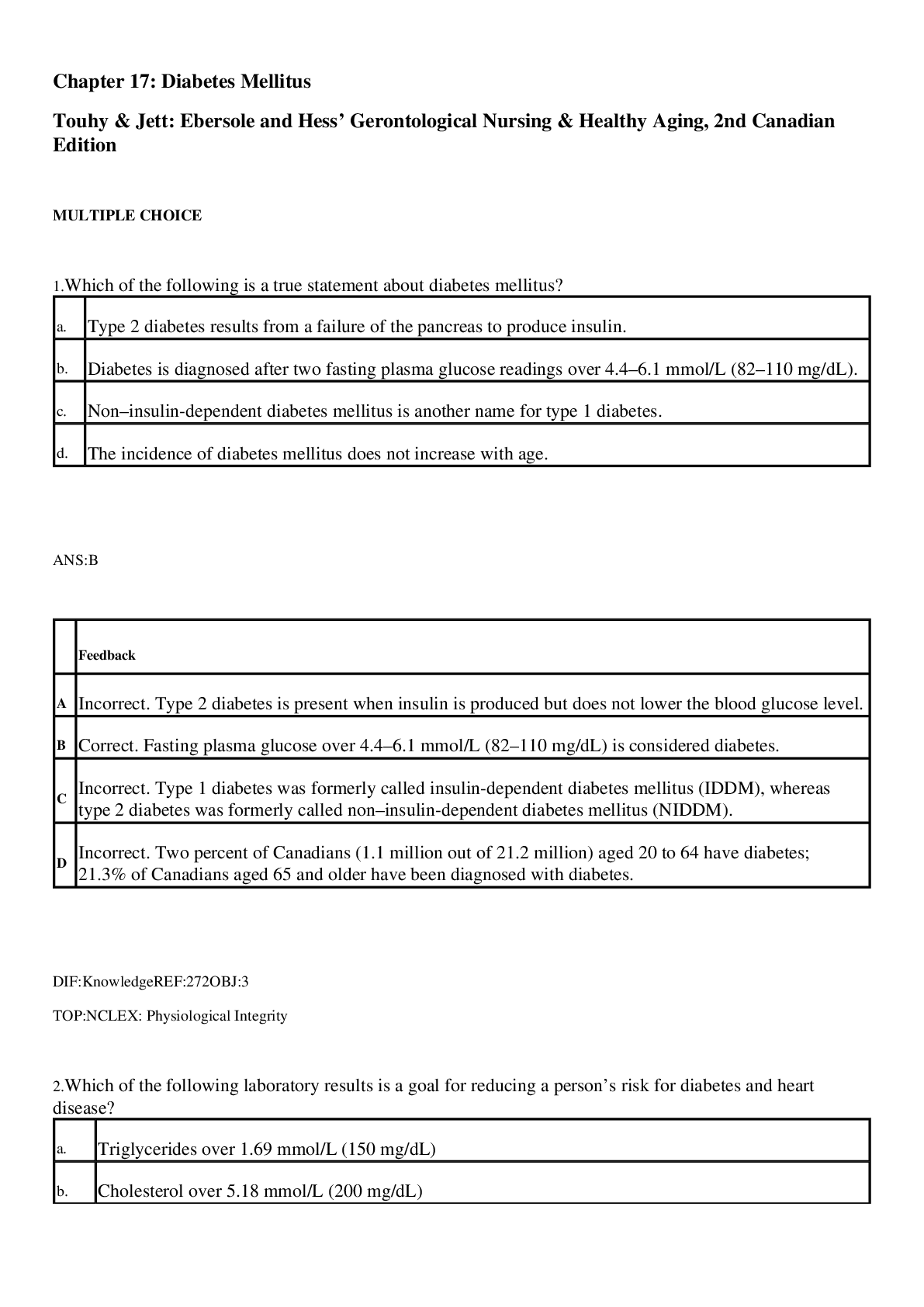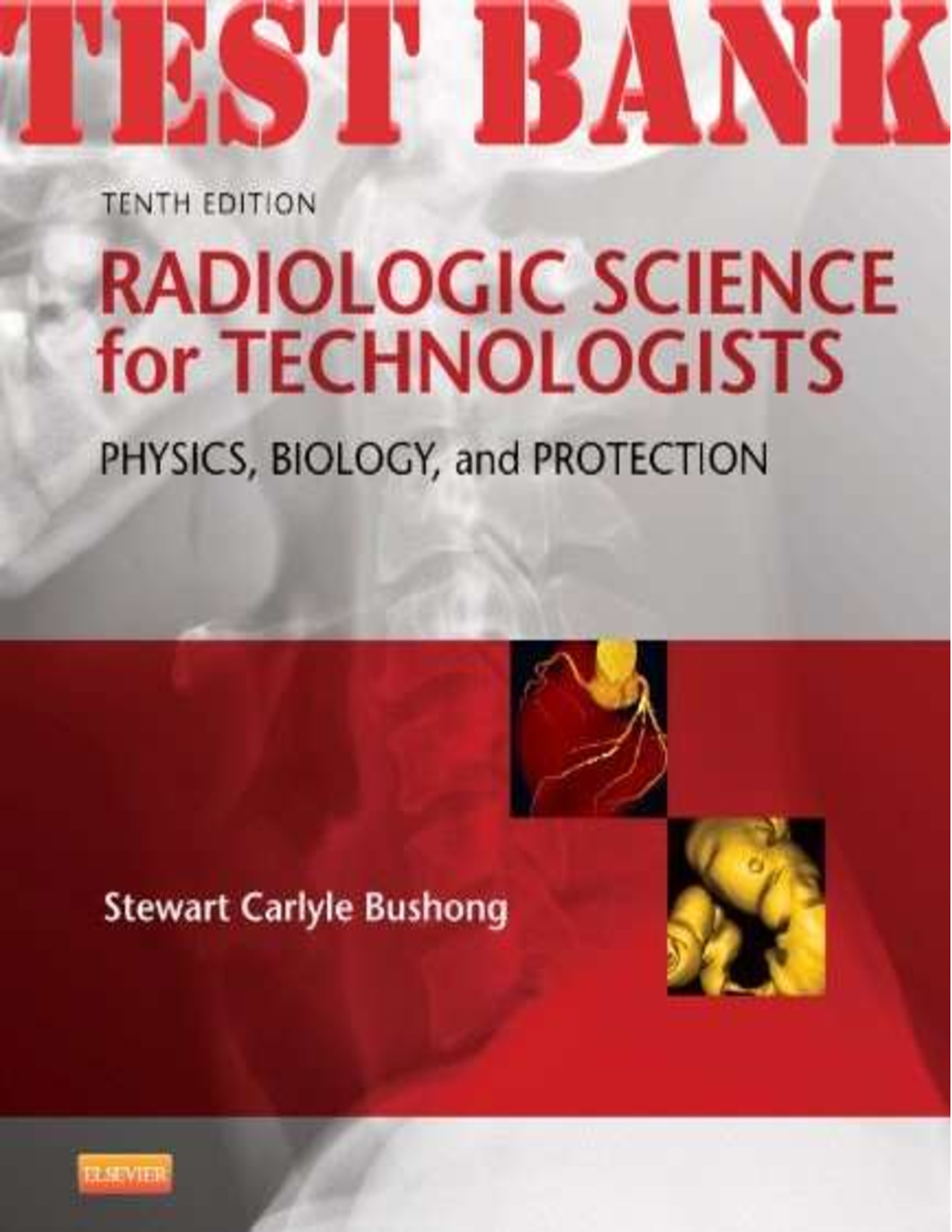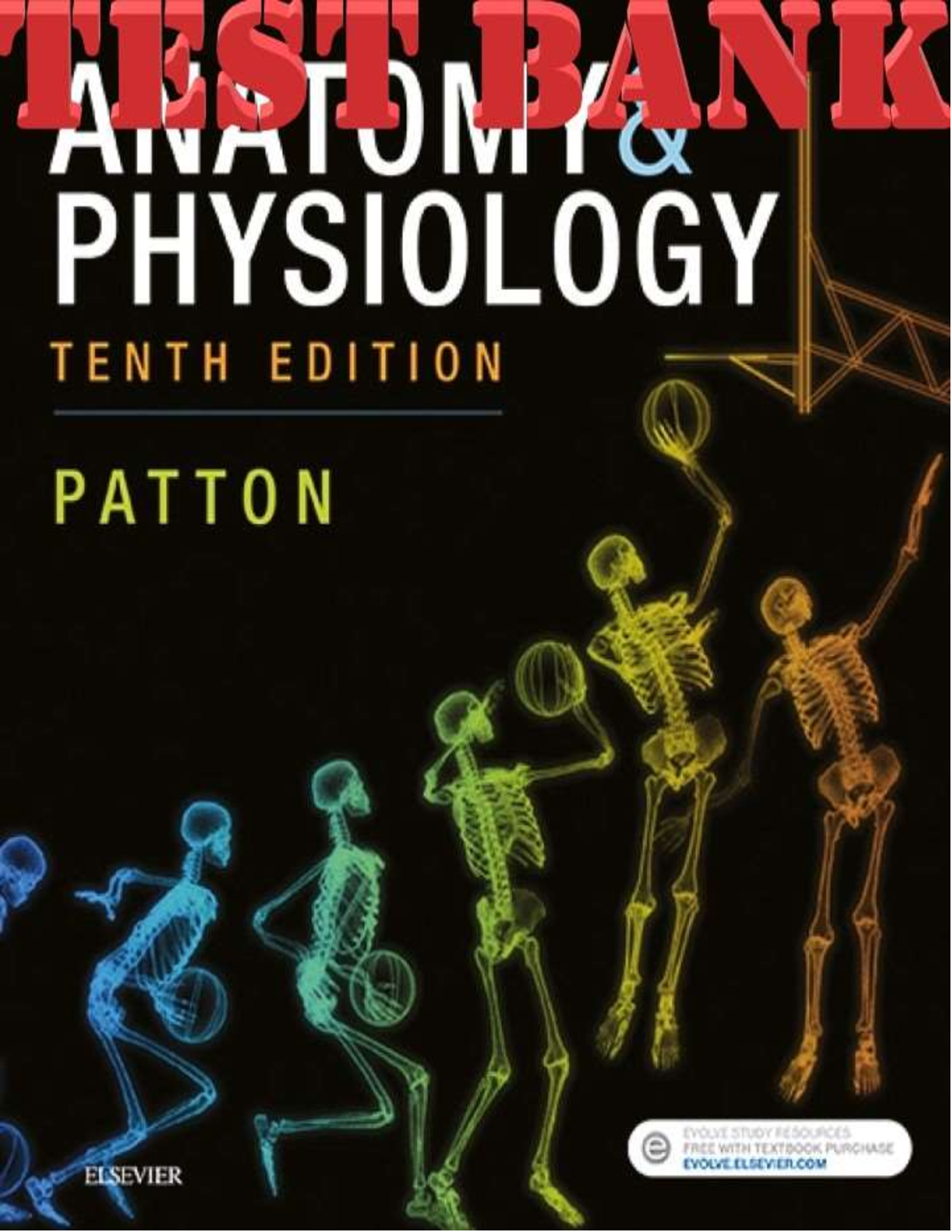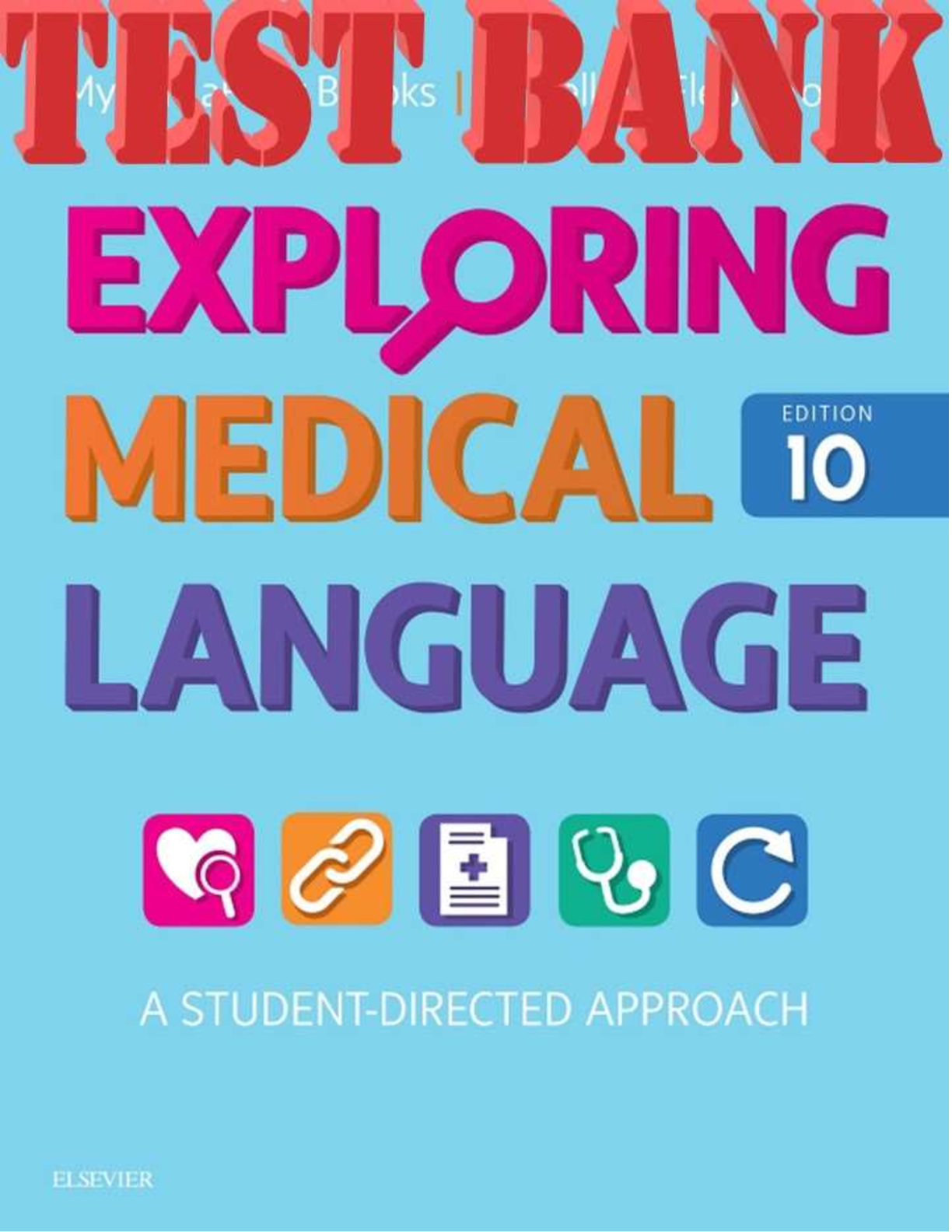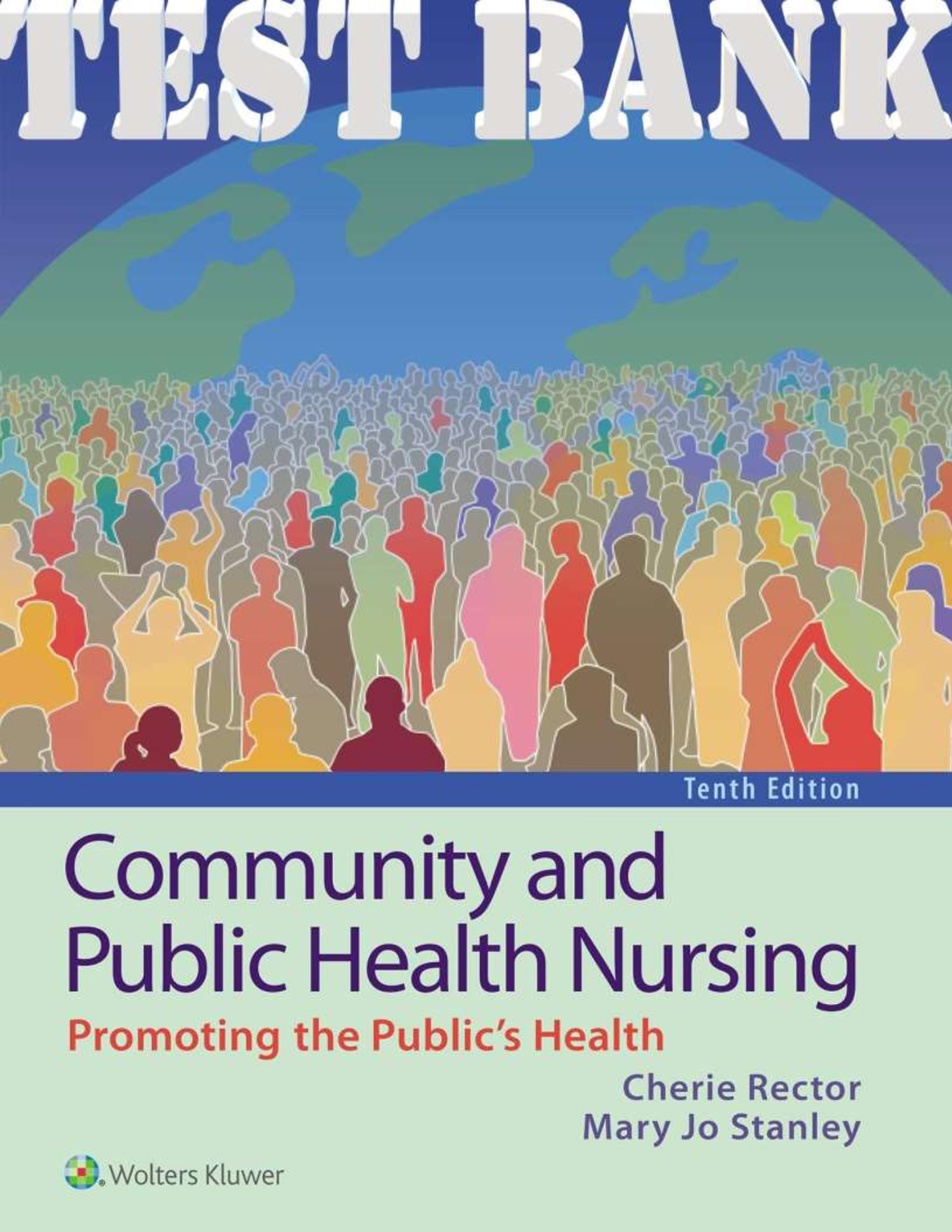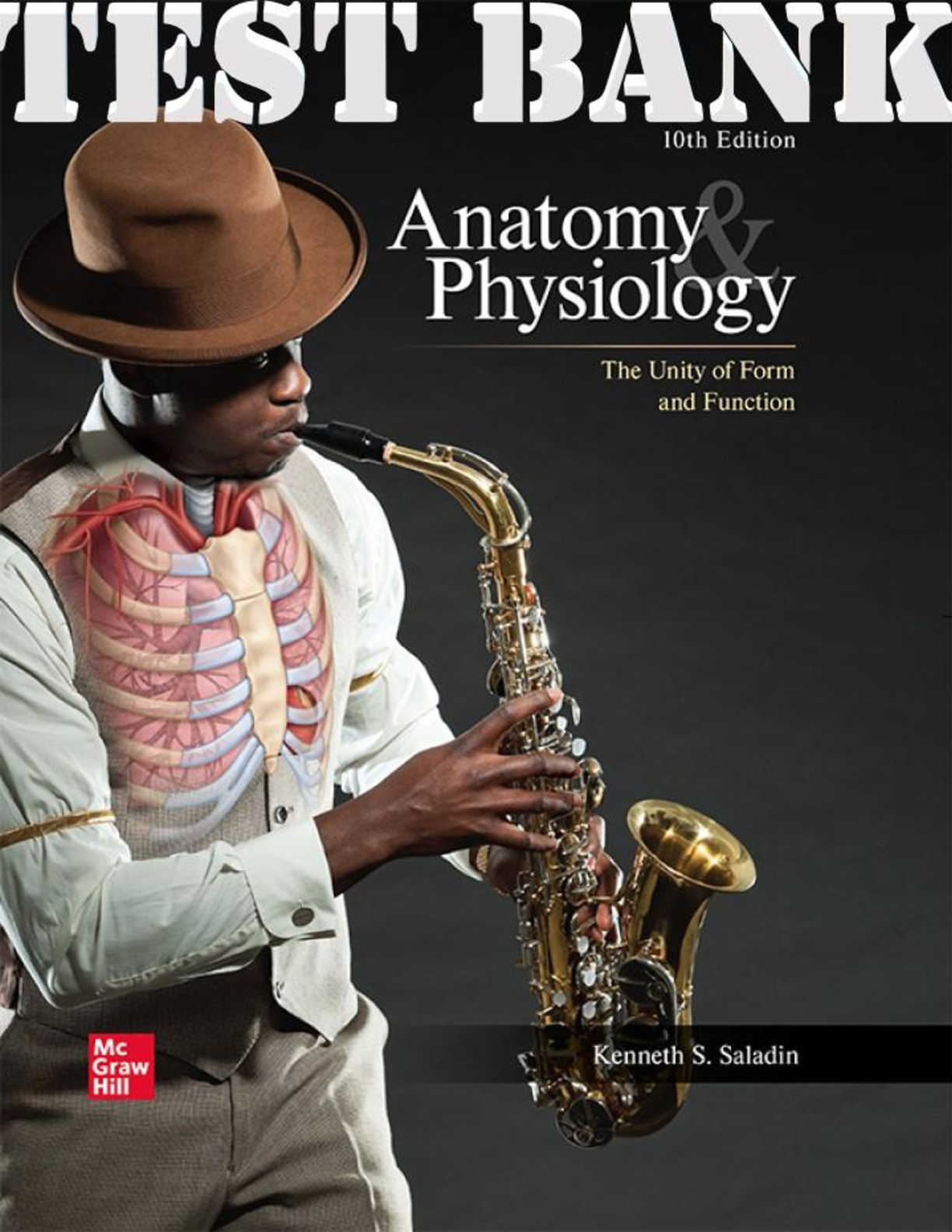*NURSING > TEST BANK > TEST BANK FOR PORTH’S PATHOPHYSIOLOGY 10TH EDITION BY NORRIS CHAPTER 51: Structure and Function of (All)
TEST BANK FOR PORTH’S PATHOPHYSIOLOGY 10TH EDITION BY NORRIS CHAPTER 51: Structure and Function of the Skin
Document Content and Description Below
1. After falling off his bicycle, an 8-year-old boy has a large abrasion on his posterior thigh that has removed the epidermis in the region but left the dermis largely intact. Which of the following ... changes in integumentary system would be expected in the area of his wound? A) Profuse bleeding from removal of his epidermis B) Fewer Merkel and Langerhans cells in the region C) Exposure of the underlying subcutaneous tissue D) Removal of hair follicle roots from the area of the wound bed Ans: B Feedback: Merkel cells and Langerhans cells are components of the epidermis. Bleeding may be minimal since the epidermis is avascular. Subcutaneous tissue is below the dermis and would not be directly exposed, and hair follicle roots exist at a deeper level than the epidermis. 2. Which of the following statements best conveys an aspect of the process of keratinization? A) Keratin cells synthesized in the dermis migrate to the surface over 20 to 30 days. B) Mitosis that begins with the cells of the stratum granulosum results in a continual supply of new keratinocytes. C) The stratum germinativum continuously produces new keratinocytes to replace losses. D) The basal cells of the epidermis migrate to the skin surface at a rate that matches superficial losses of skin cells. Ans: C Feedback: The stratum germinativum, or stratum basale, consists of a single layer of basal cells that are attached to the basal lamina. The basal cells, which are columnar, undergo mitosis to produce new keratinocytes that move toward the skin surface to replace cells lost during normal skin shedding. Keratinization does not originate in the dermis or stratum granulosum, and the basal cells of the epidermis do not migrate to the surface. 3. A nurse is teaching a client about the role that skin plays in forming a barrier to environmental agents and microorganisms. The nurse would recognize that which of the following types of cells/junctions are involved in the communication and regulation of the immune response and the secretions of cytokines? A) Gap junctions B) Desmosomes C) Adherens junctions D) Keratinocytes Ans: D Feedback: Keratinocytes are now known to be active secretory cells that play an important role in the immunobiology of the skin by communicating and regulating cells of the immune response and secreting cytokines and inflammatory mediators. Gap junctions allow ions and molecules to pass between skin cells, and adherens junctions provide a mechanical connection between cells. Desmosomes are localized patches or plaques that hold two cells tightly together by proteins called cadherins. They are terminal end points on the cell walls of keratinocytes. 4. While studying the skin in a science class, a student asks why all people have a pinkish color to their lips/mucous membranes. The instructor would respond by citing which of the following responses? A) Melanocytes are the pigment-synthesizing cells. B) Pheomelanin is the yellow to red pigment particularly concentrated in the lips and nipples of humans. C) Tyrosinase is responsible for all-colored cell production. D) A person with tiny melanocytes will have more concentrated pigment resulting in darker color. Ans: B Feedback: Pheomelanin, the yellow to red pigment, is found in all humans. It is particularly concentrated in the lips, nipples, glans penis, and vagina. Melanocytes are pigment-synthesizing cells that are scattered in the basal layer and are responsible for skin color (not mucous membranes). Tyrosinase converts the amino acid tyrosine to a precursor of melanin. If one has a lack of tyrosinase, the end result will be albinism. In dark-skinned people, larger melanin-containing melanosomes are produced and transferred individually to the keratinocyte. [Show More]
Last updated: 1 year ago
Preview 1 out of 10 pages
Instant download

Buy this document to get the full access instantly
Instant Download Access after purchase
Add to cartInstant download
Also available in bundle (1)

TEST BANK FOR PORTH’S PATHOPHYSIOLOGY 10TH EDITION BY NORRIS ALL CHAPTERS
THIS PAPER CONSISTS OF ALL CHAPTERS
By GoldenA 3 years ago
$24
44
Reviews( 0 )
Document information
Connected school, study & course
About the document
Uploaded On
Mar 01, 2021
Number of pages
10
Written in
Additional information
This document has been written for:
Uploaded
Mar 01, 2021
Downloads
0
Views
86


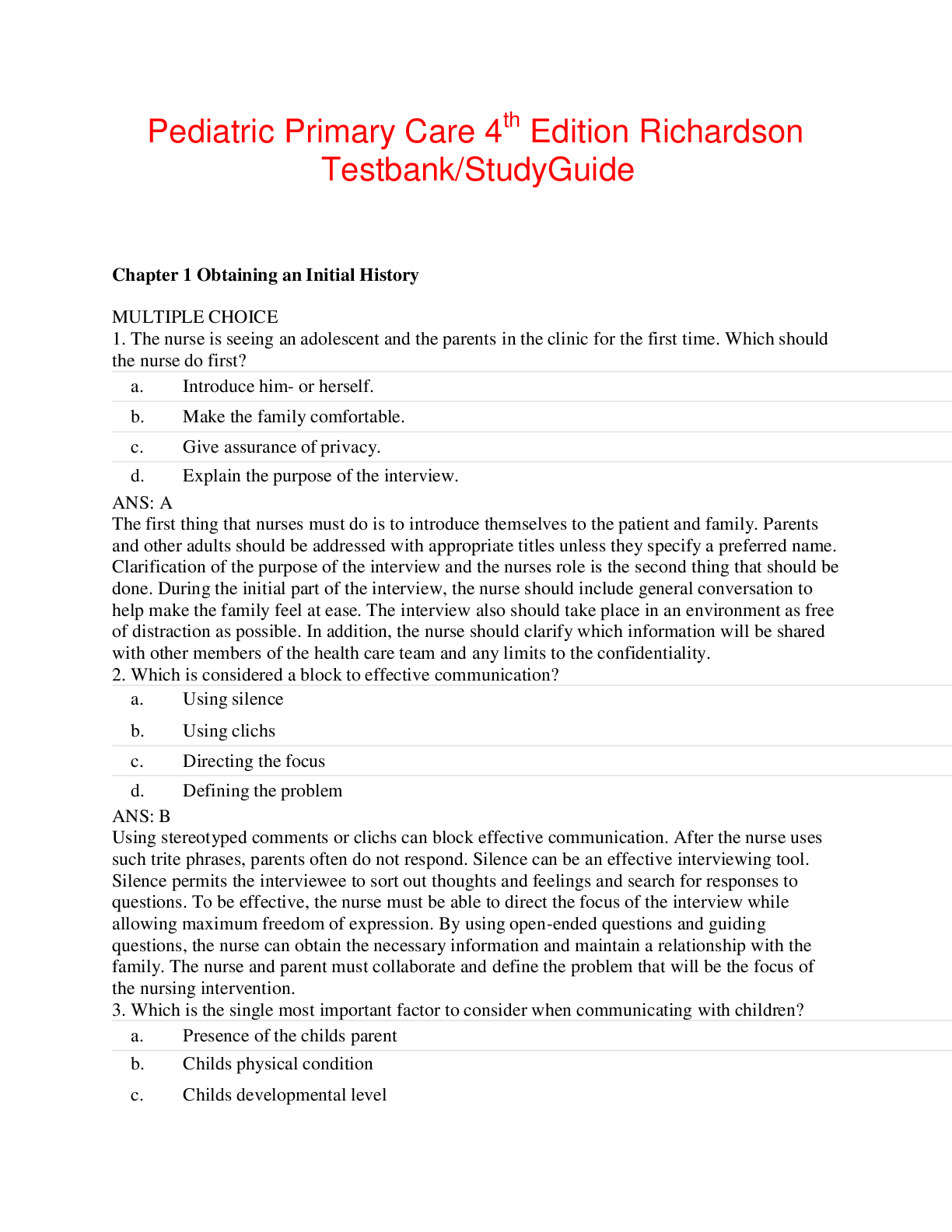

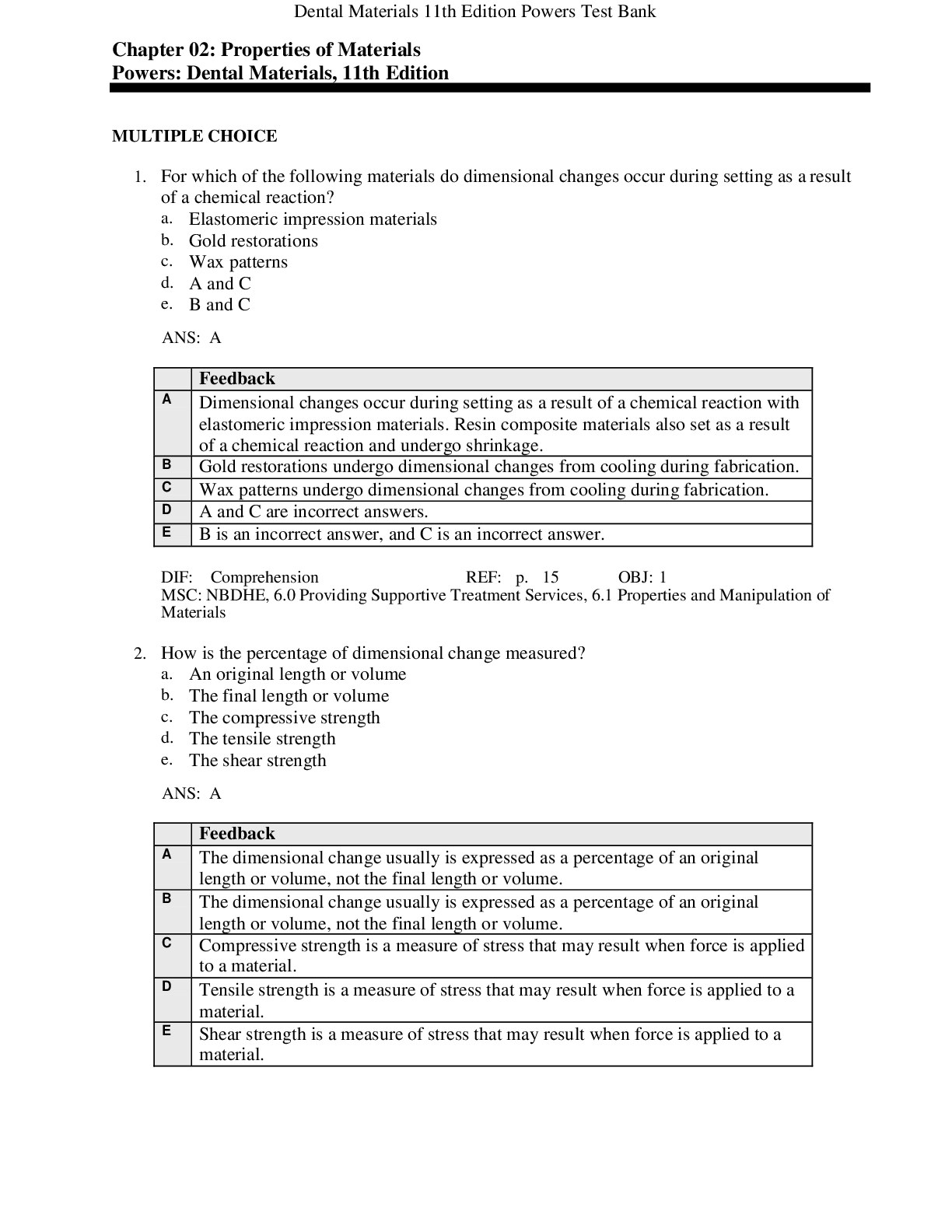
.png)
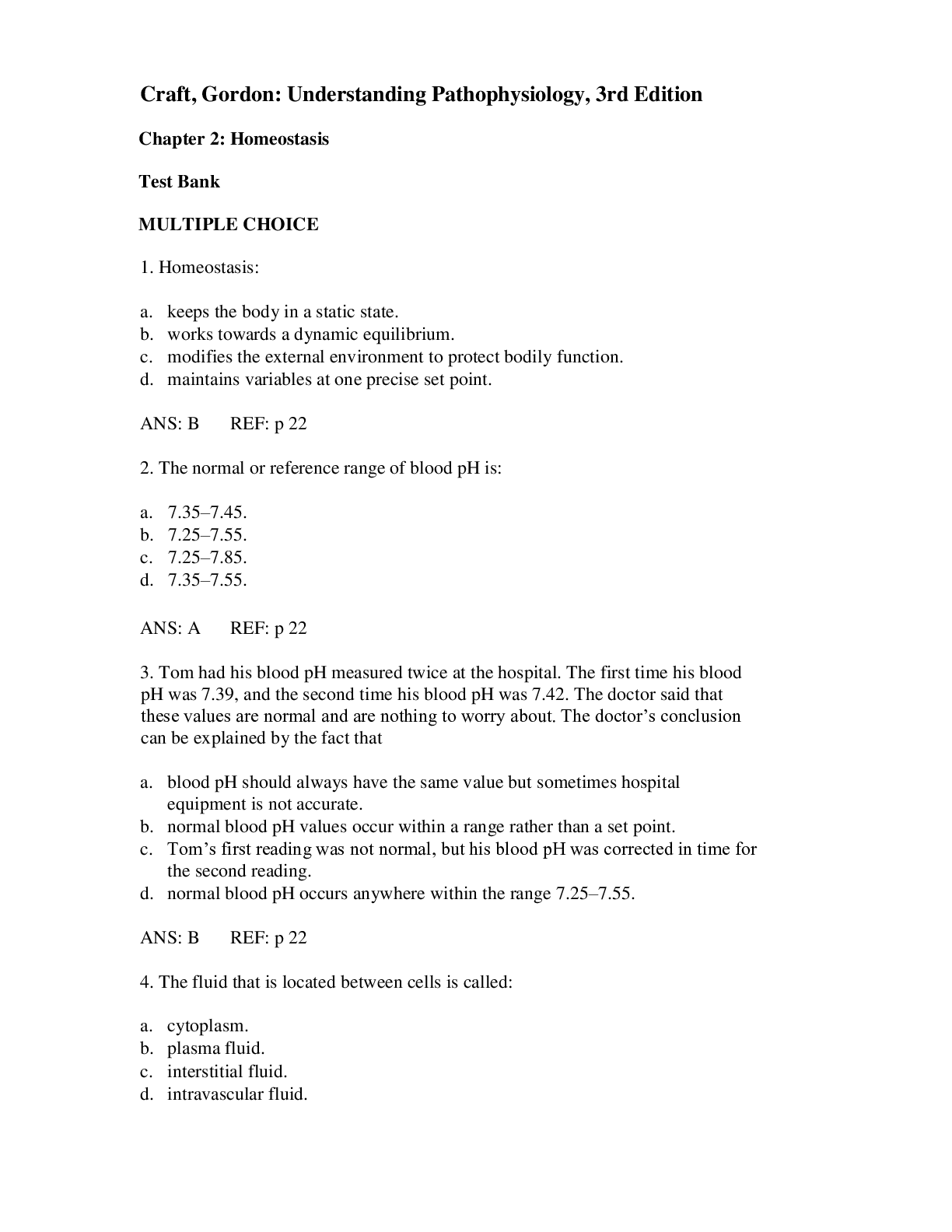



.png)
.png)
